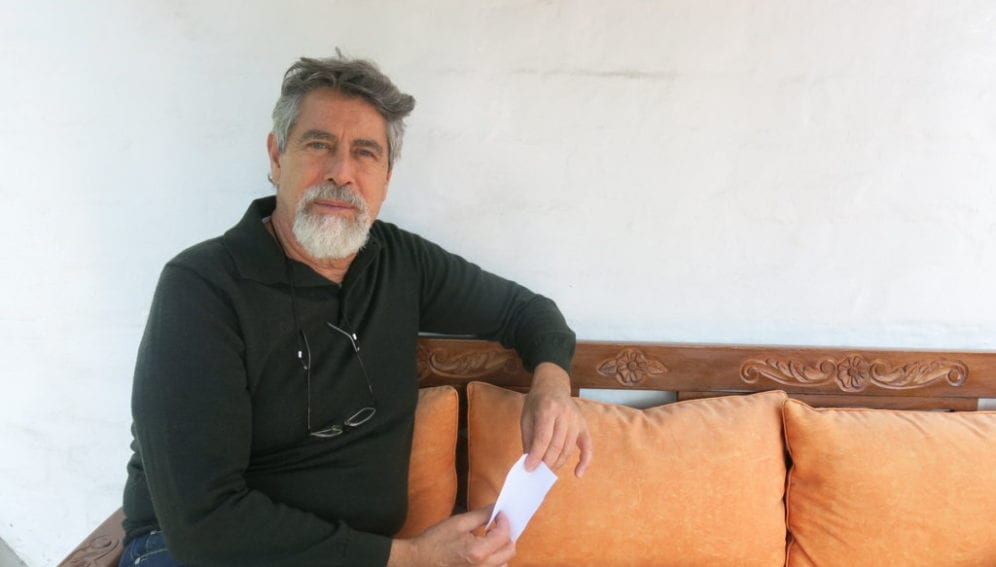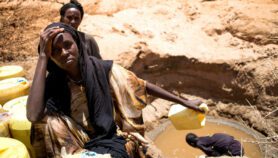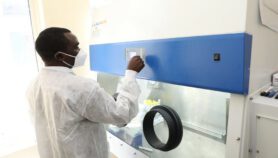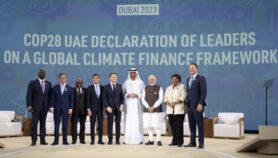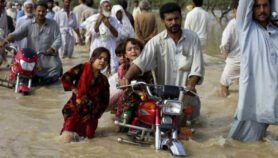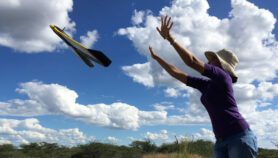By: Anita Makri
Send to a friend
The details you provide on this page will not be used to send unsolicited email, and will not be sold to a 3rd party. See privacy policy.
Francisco Sagasti is an authoritative voice in international debates around science, technology and innovation for development. He was born in Lima, Peru, where he still lives, and where I sat down with him for a conversation about priorities for science and development in Latin America and other developing regions.
Sagasti advises international organisations, corporations and public sector agencies. He is also a senior researcher and former executive director of Peruvian development think-tank FORO Nacional Internacional, and was a visiting professor at universities in Latin America, Spain and the United States. He previously served as chairman of the UN Advisory Committee on Science and Technology for Development, and chief of the World Bank’s Strategic Planning division.
My first question about the most relevant science and technology topics for development was met with a clear answer and no hesitation: the knowledge divide between rich and poor countries.
This is something that cuts across sectors, he says, and in each of those sectors the impact of new technologies is obvious. “How many scientists in a developing country can appropriately read and interpret the results of gene sequencing experiments? Very few.
Let’s take another example: renewable energies. How many poor countries have the capacity to understand exactly what goes into making a photovoltaic solar cell, how to adapt it, how to use it, how to maintain it, how to improve on it and so on.”
The result, he tells me, is that these countries are condemned to buy ‘black boxes’, which they don’t understand. I ask him whether the main problem is capacity, or the failure to understand the value of science for development. “Well, one is the consequence of the other,” he replies. “If you don’t believe in the value of science, then you’ll never build the capacity; and, conversely, you need to have a minimum level of capacity … to be able to value it.”
He then explains how this plays out in his country: “In Peru at least, the development of science and technology capabilities gets stopped by the three ‘I’s. The first one is indifference: people don’t care or don’t know. The second, when people finally care, is ignorance: they don’t know what the heck to do. And, even if they know what to do, then comes incompetence. But I don’t think we have the monopoly on that. I think that is pretty generalised, unfortunately.”
The countries that boosted their science and technology capabilities despite being poor were those with enlightened leadership and a well-developed base of human resources. “Not only scientists, not only researchers, but people who know about how to mobilise science and technology for development,” he says, and offers a ‘rule’ for science investment given limited resources.
Asked to point out breaking areas of scientific and technological research in Peru and in Latin America more generally, his answer is again clear and unequivocal: natural resources.
“Latin America and, especially, South America is the only region of the world that, in terms of the biophysical assets it has, is the best prepared to weather whatever will happen over the next 40 to 50 years in terms of turmoil, climate change and everything else.” He says there is unmatched wealth in terms of ecological, biological, energy, cultural and human resources — but also poor investment in understanding those resources and how to use them.
Our conversation ends on the topic of indigenous knowledge — and here too, Sagasti offers a clear view on its value, and how traditional practices can be integrated with science through a more open-minded approach to knowledge.


